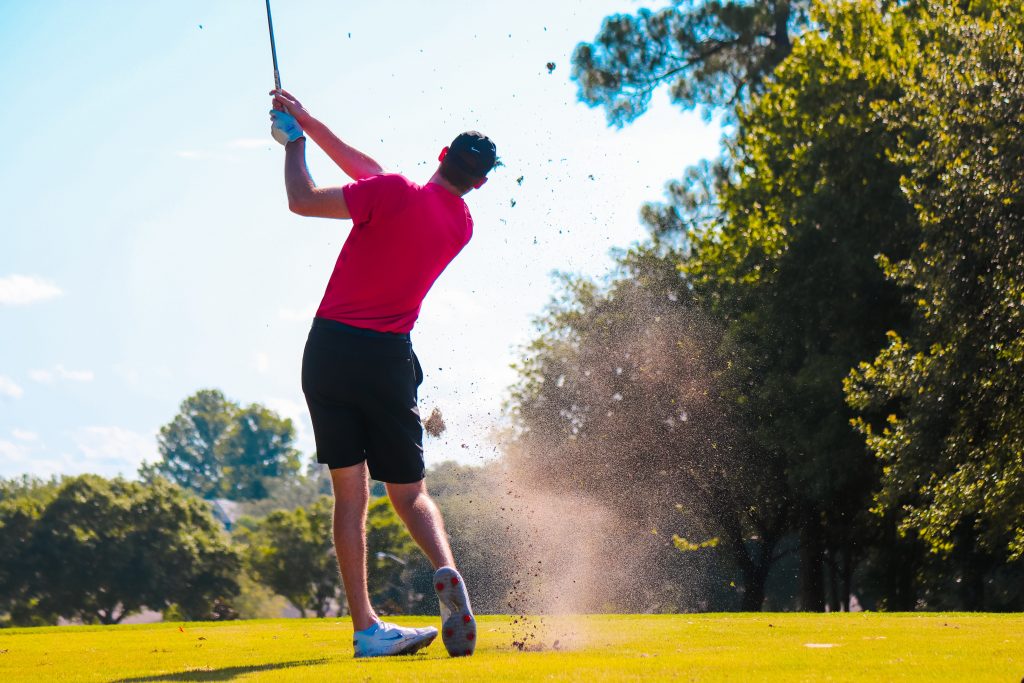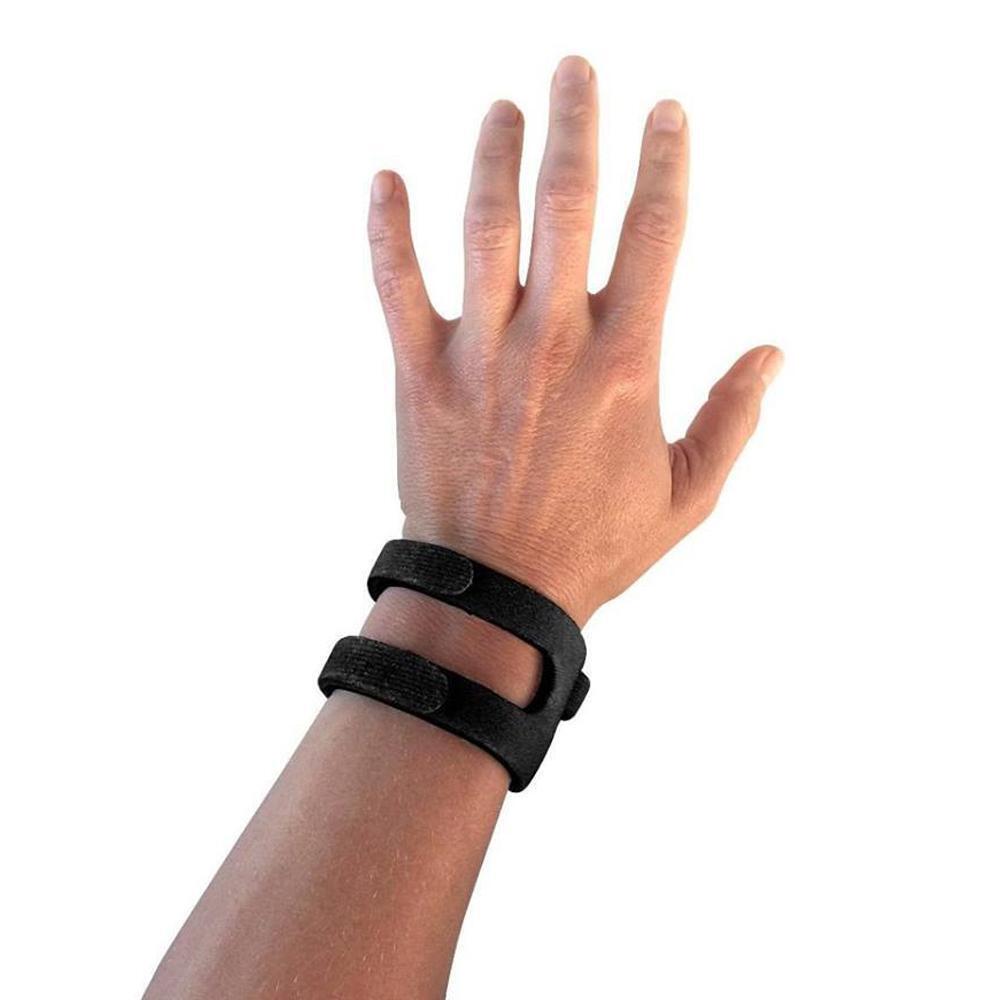The Mornington Peninsula is a golfing haven, with approximately 15 courses within 90 minutes drive from Melbourne. Gorgeous scenery, rolling sand dunes and links style layouts are just some of the things to attract golfers to the area. Not to mention that beautiful food and wine are never too far away.

Golf can cause its fair share of injuries though. From tweaking your back, sore knee and wrist issues just to name a few. Most wrist injuries occur from “hitting it fat”, hacking out of the rough, hitting off hard practice mats or hitting a submerged tree root. Ulnar sided injuries (your little finger side) are the most common source of wrist pain but hook of hamate fractures, the radial sided wrist (thumb side) injuries like De Quervain’s tenosynovitis and nerve compression injuries do occur. Most injuries will occur to the lead or top hand/wrist.

Looking at the ulnar side of the wrist, a ligament structure called the Triangular Fibrocartilage Complex or TFCC for short and ECU tendon that protects the TFCC (see the diagram) are most likely to be damaged. In a study completed on the European Tour (Now the DP Tour), 37% of wrist injuries occurred to this area of the wrist. The TFCC helps support the radius and ulnar with weight distribution and rotation and the ECU tendon helps supports those ligaments. Impacting the ground with a golf club and sudden deceleration or rotation of the club can cause significant trauma to these structures. Just ask Jason Day or Justin Thomas a few years back.
Having the wrist properly assessed by a specialist in hand & wrist injuries is a good place to start if you are having problems. You don’t need a referral to see a Hand Therapist. Management doesn’t always mean that you will miss the upcoming club championships. Getting started on specific exercises and using supports like a wrist widget or altered grips will hopefully have you out swinging freely again.

Playing golf is great for the physical and mental health, so don’t ignore these persistent niggles. If you treat early and get advice on activity modification you won’t let a painful wrist, be the difference between you getting out and enjoying 18 holes (or 9).
Please get in touch at Peninsula Hand Therapy if you would like to make an appointment or to discuss your wrist injury.
This blog has been written by Sam Jubber, Clinical Leader and Hand Therapist at Peninsula Hand Therapy who played off a 7 handicap before his kids and but still has aspirations to get down to 5.